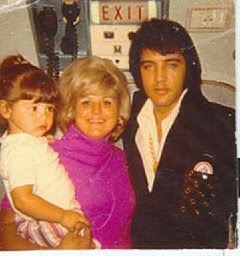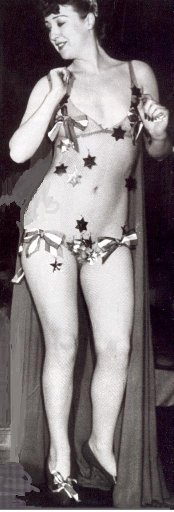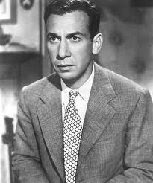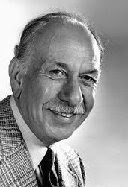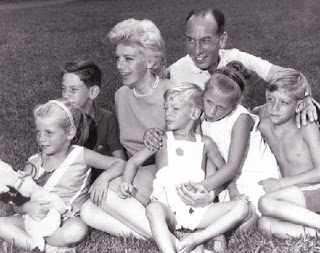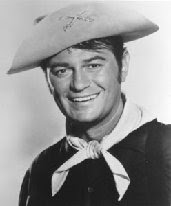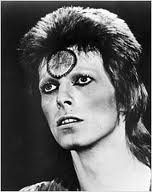
Various authors have credited the invention of the thermometer to Hero of Alexandria. The thermometer was not a single invention, however, but a development. Hero of Alexandria (10–70 AD) knew of the principle that certain substances, notably air, expand and contract and described a demonstration in which a closed tube partially filled with air had its end in a container of water. The expansion and contraction of the air caused the position of the water/air interface to move along the tube.
Such a mechanism was later used to show the hotness and coldness of the air with a tube in which the water level is controlled by the expansion and contraction of the gas. These devices were developed by several European scientists in the 16th and 17th centuries, notably Galileo Galilei and Santorio Santorio. As a result, devices were shown to produce this effect reliably, and the term thermoscope was adopted because it reflected the changes in sensible heat (the modern concept of temperature was yet to arise). The difference between a thermoscope and a thermometer is that the latter has a scale. Though Galileo is often said to be the inventor of the thermometer, there is no surviving document that he actually produced any such instrument.
The first clear diagram of a thermoscope was published in 1617 by Giuseppe Biancani (1566 – 1624); the first showing a scale and thus constituting a thermometer was by Santorio Santorio in 1625. This was a vertical tube, closed by a bulb of air at the top, with the lower end opening into a vessel of water. The water level in the tube is controlled by the expansion and contraction of the air, so it is what we would now call an air thermometer.
The word thermometer (in its French form) first appeared in 1624 in La Récréation Mathématique by Jean Leurechon, who describes one with a scale of 8 degrees. The word comes from the Greek words θερμός, thermos, meaning "hot" and μέτρον, metron, meaning "measure".
The above instruments suffered from the disadvantage that they were also barometers, i.e. sensitive to air pressure. In 1629, Joseph Solomon Delmedigo, a student of Galileo and Santorio in Padua, published what is apparently the first description and illustration of a sealed liquid-in-glass thermometer. It is described as having a bulb at the bottom of a sealed tube partially filled with brandy. The tube had a numbered scale. Delmedigo did not claim to have invented this instrument. Nor did he name anyone else as its inventor. In about 1654, Ferdinando II de' Medici, Grand Duke of Tuscany (1610–1670) did produce such an instrument, the first modern-style thermometer, dependent on the expansion of a liquid and independent of air pressure. Many other scientists experimented with various liquids and designs of thermometer.
However, each inventor and each thermometer was unique — there was no standard scale. Early attempts at standardization added a single reference point such as the freezing point of water. The use of two references for graduating the thermometer is said to have been introduced by Joachim Dalence in 1668 although Christiaan Huygens (1629–1695) in 1665 had already suggested the use of graduations based on the melting and boiling points of water as standards[10] and, in 1694, Carlo Renaldini (1615–1698) proposed using them as fixed points along a universal scale. In 1701, Isaac Newton (1642–1726/27) proposed a scale of 12 degrees between the melting point of ice and body temperature.
To read a lot more, go here: https://en.wikipedia.org/wiki/Thermometer
- 1 (16-ounce) cornbread or cornbread muffins
- 1/2 cup (1 stick) butter, melted
- 1 pound frozen breaded chicken tenderloins, baked according to package directions
- 3 cups frozen mixed vegetables, thawed
- 1 (24-ounce) jar chicken gravy
- Preheat oven to 350º. Coat a 9- x 13-inch baking dish with cooking spray.
- In a food processor, pulse cornbread into fine crumbs. Place crumbs in a large bowl; add butter and mix well. Reserve 2 tablespoons crumbs. Press remaining crumbs into baking dish to form crust. Bake 10 minutes.
- Cut chicken into 1-inch pieces and place in a large bowl. Add vegetables and gravy to chicken; mix well. Pour over crust; sprinkle with reserved crumbs.
- Bake 25 to 30 minutes, or until hot and bubbly.
